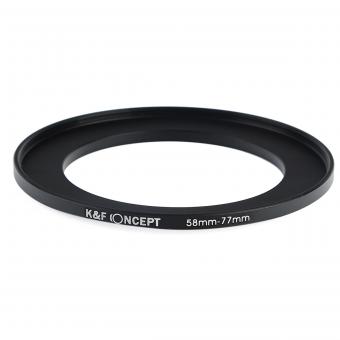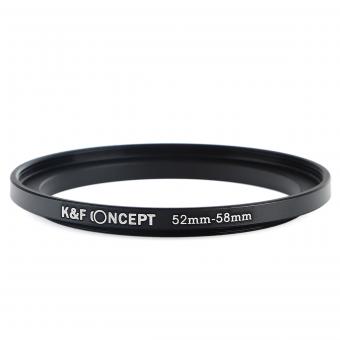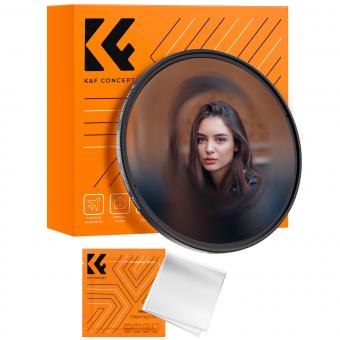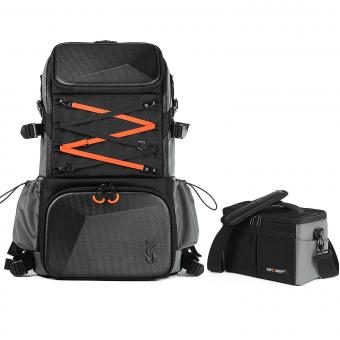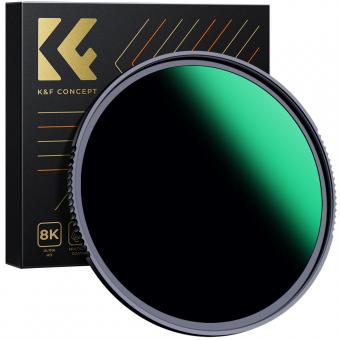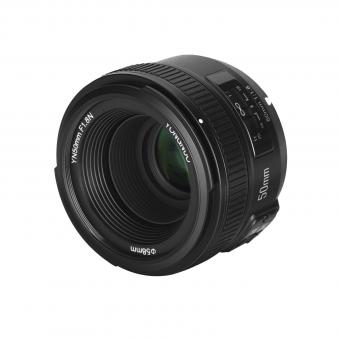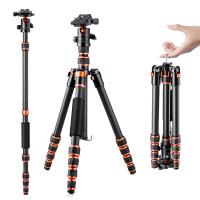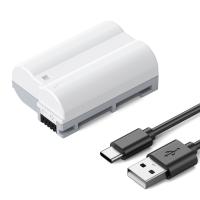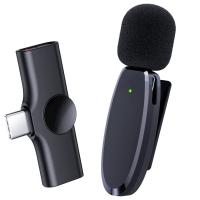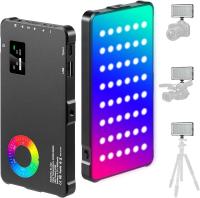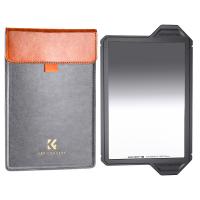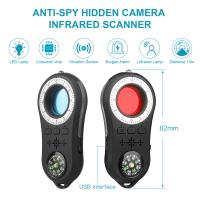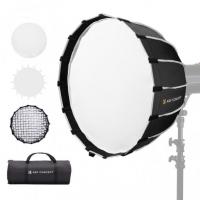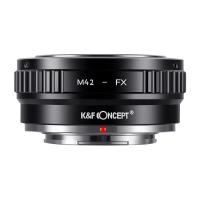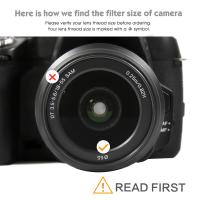What Size Camera Filter To Get?
When it comes to photography, the importance of camera filters cannot be overstated. They play a crucial role in enhancing image quality, protecting the lens, and allowing photographers to experiment with various effects. However, one of the most common questions that both amateur and professional photographers face is: "What size camera filter should I get?" This seemingly simple question can be quite complex, given the variety of lenses and filters available on the market. In this article, we will delve into the factors that determine the right filter size for your camera, the types of filters available, and practical tips for making an informed decision.
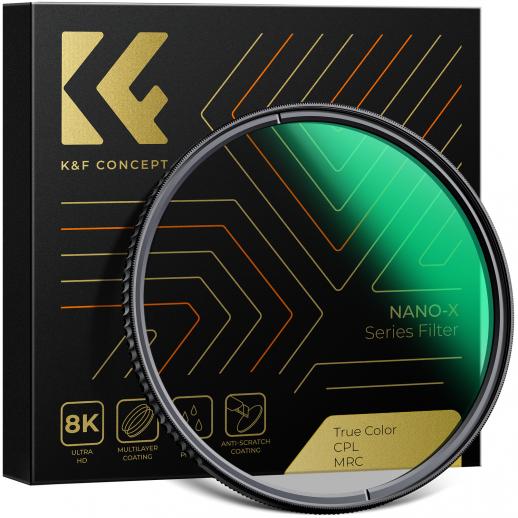
Understanding Filter Sizes
Camera filters come in various sizes, typically measured in millimeters (mm). The size of the filter you need is directly related to the diameter of your camera lens. This diameter is usually indicated on the front of the lens or in the lens specifications. It is often denoted by a symbol that looks like a circle with a line through it (Ø), followed by a number. For example, if your lens has a diameter of 58mm, you will need a 58mm filter.
Types of Camera Filters
Before diving into how to choose the right size, it's essential to understand the different types of camera filters available. Each type serves a unique purpose and can significantly impact your photography.
1. UV Filters: These are primarily used to protect the lens from dust, scratches, and moisture. They also reduce the ultraviolet light that can cause haziness in photos.
2. Polarizing Filters: These filters reduce reflections and glare from non-metallic surfaces like water and glass. They also enhance the colors and contrast in your photos.
3. Neutral Density (ND) Filters: ND filters reduce the amount of light entering the lens, allowing for longer exposure times and wider apertures. They are particularly useful for landscape photography and capturing motion blur.
4. Graduated ND Filters: These are similar to ND filters but have a gradient that transitions from dark to clear. They are ideal for balancing the exposure between the sky and the foreground in landscape photography.
5. Color Filters: These filters add a specific color tint to your photos, which can be useful for creative effects or correcting color balance.
6. Special Effects Filters: These include filters like star filters, which create starburst effects from light sources, and infrared filters, which allow infrared light to pass through while blocking visible light.
Factors to Consider When Choosing Filter Size
1. Lens Diameter: As mentioned earlier, the most critical factor in choosing the right filter size is the diameter of your lens. Always check the lens specifications or the front of the lens for this information.
2. Filter Thread Compatibility: Ensure that the filter you choose has a compatible thread size with your lens. Some filters come with step-up or step-down rings, allowing them to fit lenses of different diameters.
3. Vignetting: Using a filter that is too small for your lens can cause vignetting, where the corners of your photos appear darker than the center. To avoid this, always use the correct filter size or a slightly larger filter with a step-up ring.
4. Filter Stacking: If you plan to use multiple filters simultaneously, consider the combined thickness of the filters. Stacking too many filters can also cause vignetting and reduce image quality.
5. Lens Hood Compatibility: Some lenses come with a lens hood to reduce lens flare and protect the lens. Ensure that the filter you choose is compatible with the lens hood.
Practical Tips for Choosing the Right Filter Size
1. Check Your Lens Specifications: The easiest way to determine the correct filter size is to check the lens specifications provided by the manufacturer. This information is usually available in the lens manual or on the manufacturer's website.
2. Measure the Lens Diameter: If you don't have access to the lens specifications, you can measure the diameter of the lens using a ruler or caliper. Measure the outer diameter of the lens where the filter will be attached.
3. Consult with Experts: If you're still unsure about the right filter size, consult with photography experts or visit a camera store. The staff can provide valuable insights and help you choose the right filter.
4. Invest in Step-Up Rings: If you have multiple lenses with different diameters, consider investing in step-up rings. These rings allow you to use a larger filter on a smaller lens, providing flexibility and cost savings.
5. Read Reviews and Recommendations: Before purchasing a filter, read reviews and recommendations from other photographers. This can provide insights into the quality and performance of the filter.
Common Mistakes to Avoid
1. Ignoring Lens Diameter: One of the most common mistakes is ignoring the lens diameter and purchasing a filter that doesn't fit. Always double-check the lens diameter before making a purchase.
2. Overlooking Vignetting: Using a filter that is too small or stacking too many filters can cause vignetting. Be mindful of the filter size and thickness to avoid this issue.
3. Buying Low-Quality Filters: Investing in low-quality filters can negatively impact image quality. Always opt for reputable brands and read reviews before making a purchase.
4. Not Considering Future Needs: If you plan to upgrade your lens or camera in the future, consider purchasing filters that will be compatible with your new equipment. This can save you money in the long run.
Conclusion
Choosing the right camera filter size is essential for achieving the best results in your photography. By understanding the different types of filters, considering the factors that influence filter size, and following practical tips, you can make an informed decision that enhances your photography experience. Remember to always check your lens specifications, invest in high-quality filters, and consult with experts if needed. With the right filter, you can protect your lens, enhance image quality, and explore creative possibilities in your photography journey.

